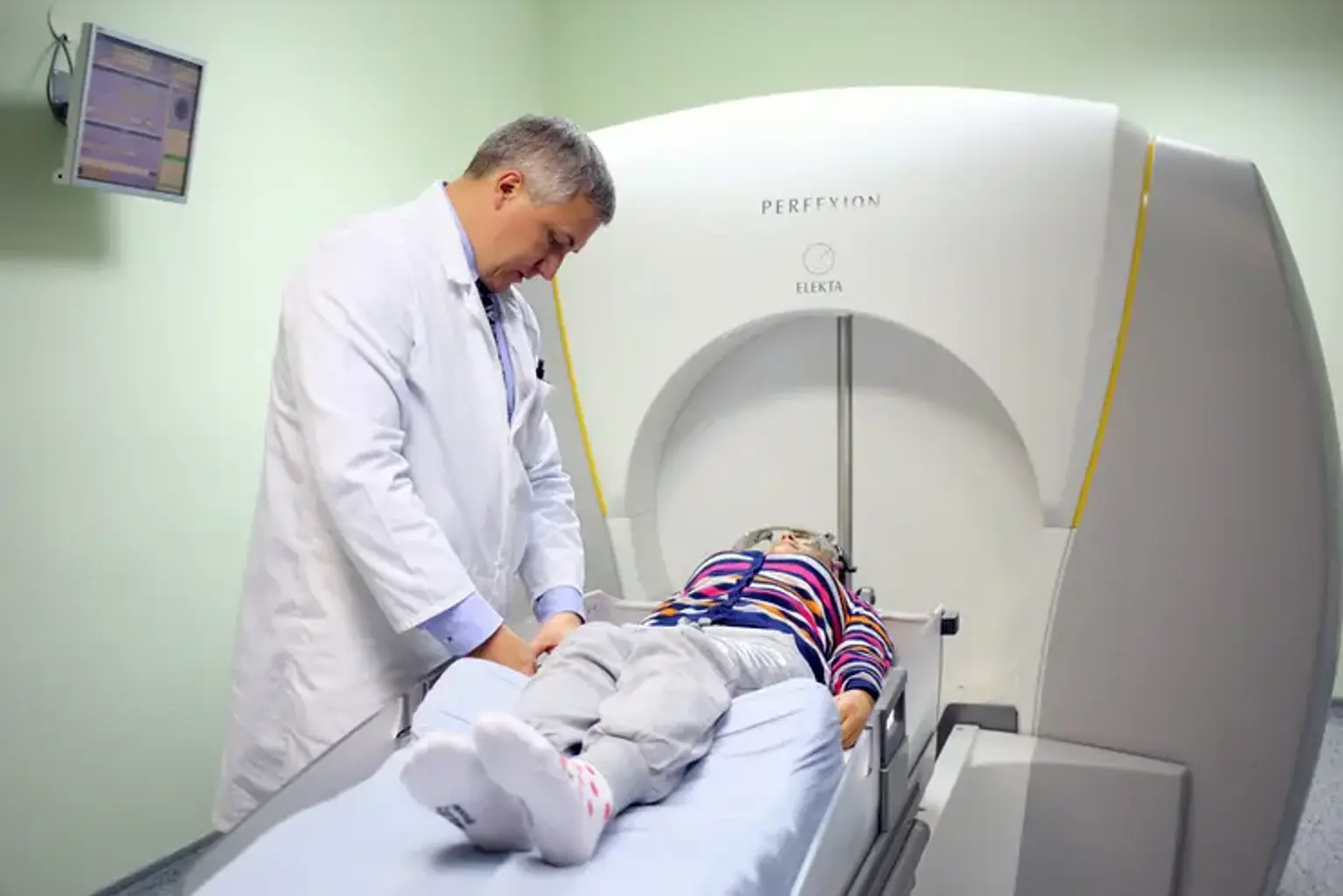Stereotactic Body Radiotherapy (SBRT)
Overview
If you have specific types of cancer, such as lung cancer or pancreatic cancer, your doctor may advise you to undergo stereotactic body radiotherapy (SBRT). It's a very exact procedure that allows your doctor to precisely target your malignancies.
SBRT (stereotactic body radiotherapy) is a form of radiation treatment. This method is sometimes referred to as stereotactic ablative radiotherapy (SAR) when it is performed on the body rather than the brain.
To treat cancers and other diseases across the body, the treatment employs a large number of carefully targeted radiation beams. SBRT is used to treat cancers that have spread to the lungs, spine, liver, neck, lymph nodes, or other soft tissues.
